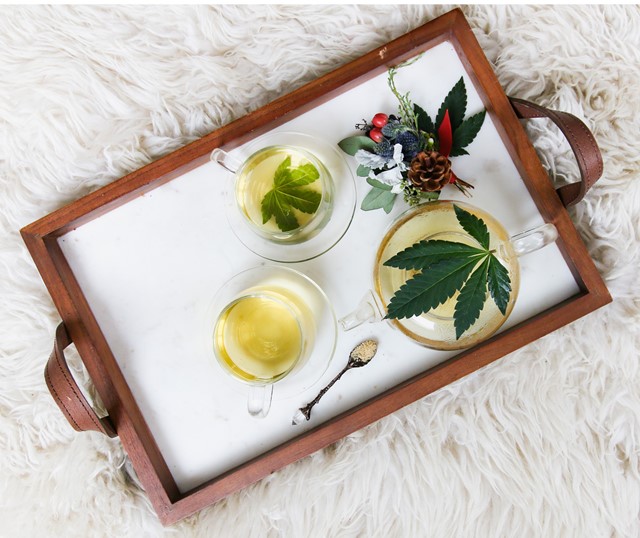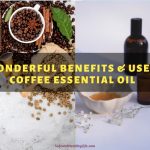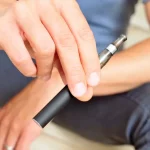
Image Source: Unsplash
CBD oil is among the many products that stem from the Cannabis plant. It is not up to recent years that Cannabis has started getting its rightful recognition for its health and lifestyle benefits. This recognition has led to the legalization of the growth and personal use of cannabis in different countries across the globe.
With the current ‘boom’ in cannabis, there is the discovery of sundry uses of hemp products.
Some like CBD gummies, CBD capsules, CBD oil spray, and more now form part of a global cannabis industry. If you are still curious about cannabis, you can read CBD news here.
CBD and THC Cannabinoids
There are around four thousand known strains of the cannabis plant and in these are 113 different cannabinoid compounds. The brain reacts differently to the various cannabinoids. They each attach to receptors in the different parts of the brain.
Once a cannabinoid attaches to a certain receptor, it breaks down and causes varying effects to the physical or psychological functions associated with that part of the brain.
Cannabidiol (CBD) is among the popularly known cannabinoid compounds. Its effects vary from inducing sleep in insomniac patients to alleviating pain and inflammations among other health benefits.
Tetrahydrocannabinol (THC) on the other hand is the complete opposite of CBD. While CBD has no mind-altering effects, THC causes the psychotropic effects associated with marijuana.
The fact that both of these cannabinoids occur naturally in cannabis plants, makes it harder to extract CBD without any THC compounds.
How To Ensure You get the Purest CBD Oil Extract
The one most important aspect of all extraction processes is the initial raw material. You cannot expect large CBD oil extract from a plant with low CBD, to begin with.
Hemp cannabis is a Cannabis strain with less than 0.3 percent of THC. Hemp cannabis is the best to use for CBD oil extraction since it contains high levels of CBD and low levels of THC.
It is rare to find well-bred Hemp cannabis. The common strains consist of CBD Hemp and Marijuana hybrids, whose levels of THC are too high to qualify as formal Hemp cannabis.
Some strains with the highest CBD compounds include Cannatonic, AC/DC, Harlequin among others. Harlequin strain of cannabis has 5:2 CBD to THC ratio and is the best hybrid marijuana strain for CBD oil extraction.
However, all strains of cannabis have both THC and CBD cannabinoids and are viable for the production of CBD oil.
Methods of Extraction
There are three main methods of CBD oil extraction. Due to the difference in the implementation of each method, the purity of the CBD oil extract may vary.
- Oil Extraction
This method of extraction has gained popularity due to the purity of the CBD oil and the added nutrients gained from the type of carrier oils used in the process.
This method uses a carrier oil, (mostly, olive oil), to extract the CBD oil from the plant material. The reason for the use of this method is that CBD is soluble in a nonpolar solution like fats and oils.
This process involves Decarboxylation (turning CBD into its active form) and extraction of CBD by adding the carrier oil. The extraction process only takes about four hours in order for the oil to absorb the CBD over simmering heating.
The use of organic oils like Olive oil makes the CBD oil extracted purer since it leaves little to no impurities or harmful residue.
- CO2 Extraction
This method applies CO2 at high pressure and low temperatures into the cannabis plant material (leaves or flowers). The CO2 at low temperatures is in liquid form and can pass through the plant material with more efficiency.
This method is the safest and most effective since in addition to having no residue, it also leaves low chlorophyll content in the CBD oil.
The CBD oil produced from this method is the purest and has the cleanest taste compared to the other CBD extraction methods.
However, this method requires laboratory equipment in order to maintain low temperatures and high pressures. The cost of the equipment makes it unsuitable for home production.
- Ethanol Extraction
This method is most applicable for homemade CBD oil due to low cost and the easy steps involved. The process involves soaking the cannabis plant material in high grain alcohol and then sieving and distilling repeatedly to get the CBD oil extract.
Ethanol is mostly preferred because it is safe as per FDA standards and even used as a food additive.
The CBD oil and chlorophyll are soluble in ethanol, which makes the end solution to turn into an earthy brown color. However, extracting the chlorophyll using this method is detrimental to the quality of CBD oil.
The alcohol distilled is reusable which makes the whole process less costly. On the downside, this process has the highest prevalence of impurities in the CBD oil extract and hence the need for repeated sieving and distilling.
Due to the use of ethanol, which is highly flammable, this process is considerably more hazardous compared to the rest.
Benefits and Usage of CBD Oil
Now that you have the CBD oil extracted, how do you use it? Well, CBD oil has many beneficial uses for both psychological and physical health. After a long day’s work, you can apply CBD oil to relax and ease body aches, pains, or inflammations.
Additionally, CBD oil has Omega-3 amino acid components, which are vital for a healthy heart and radiant skin.
With so many vendors and websites claiming to sell the best CBD oil and other cannabis products, some even offering to ship across countries and states, it is hard to choose the best CBD supplier.
Please note that unless you can find a trusted vendor, it is next to impossible to determine high-quality CBD products. Of course, there are product vendors like verified CBD who provide pure and high-grade CBD products. We are just saying that it is vital to be cautious when buying any CBD product.
Although CBD has many health benefits, it is imperative to note that all this is dependent on the quality and purity of the product.
For good measure, it is critical that you research on the possible CBD side effects before using any of the CBD products.
About The Author:
Inga Lindstrom is a freelance writer who lives like a digital nomad. She loves yoga, veganism, and healthy lifestyle in general. Inga is a CBD evangelist. She’s an author at HuffPost, StudentUniverse, and many other blogs.




